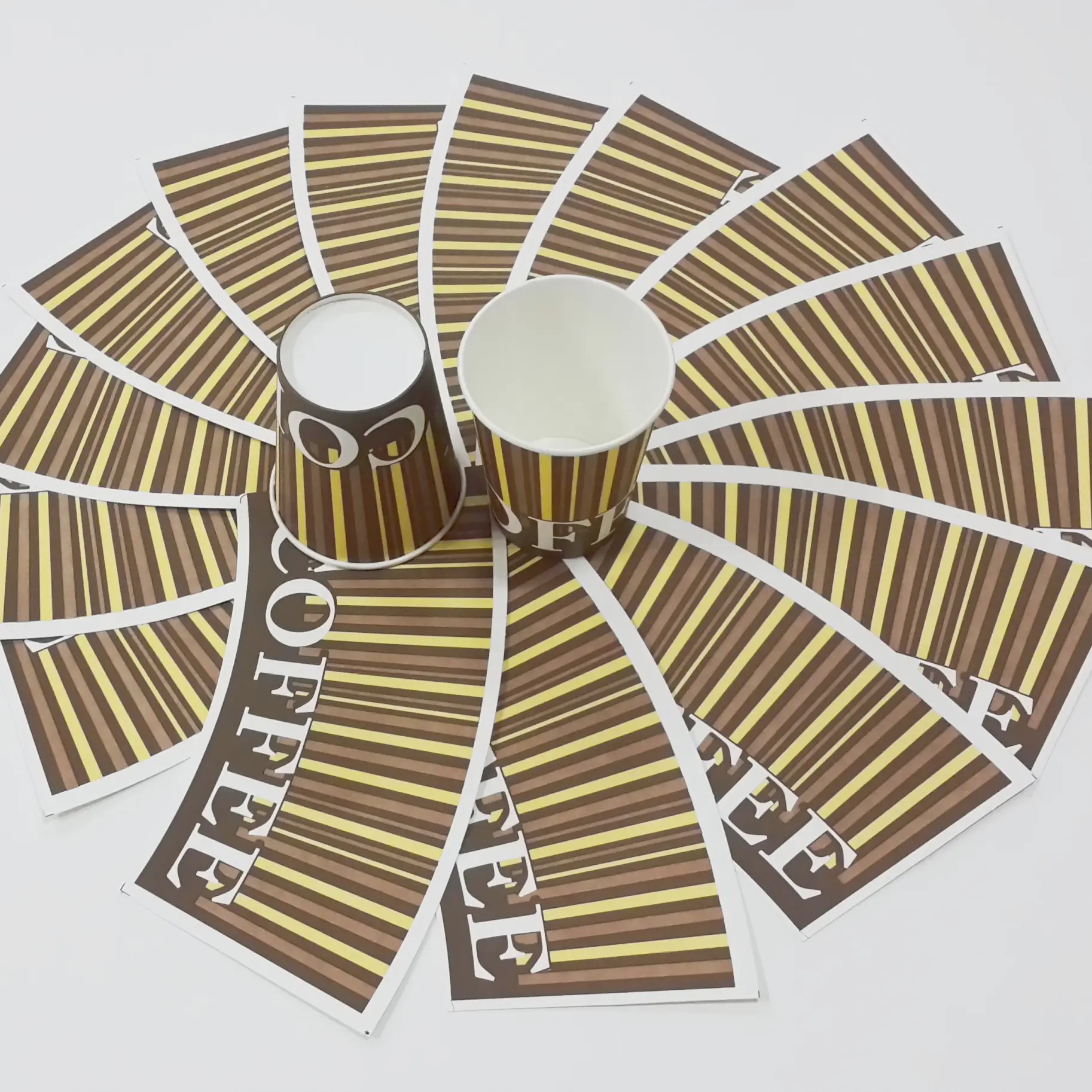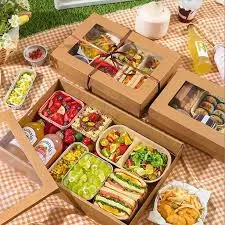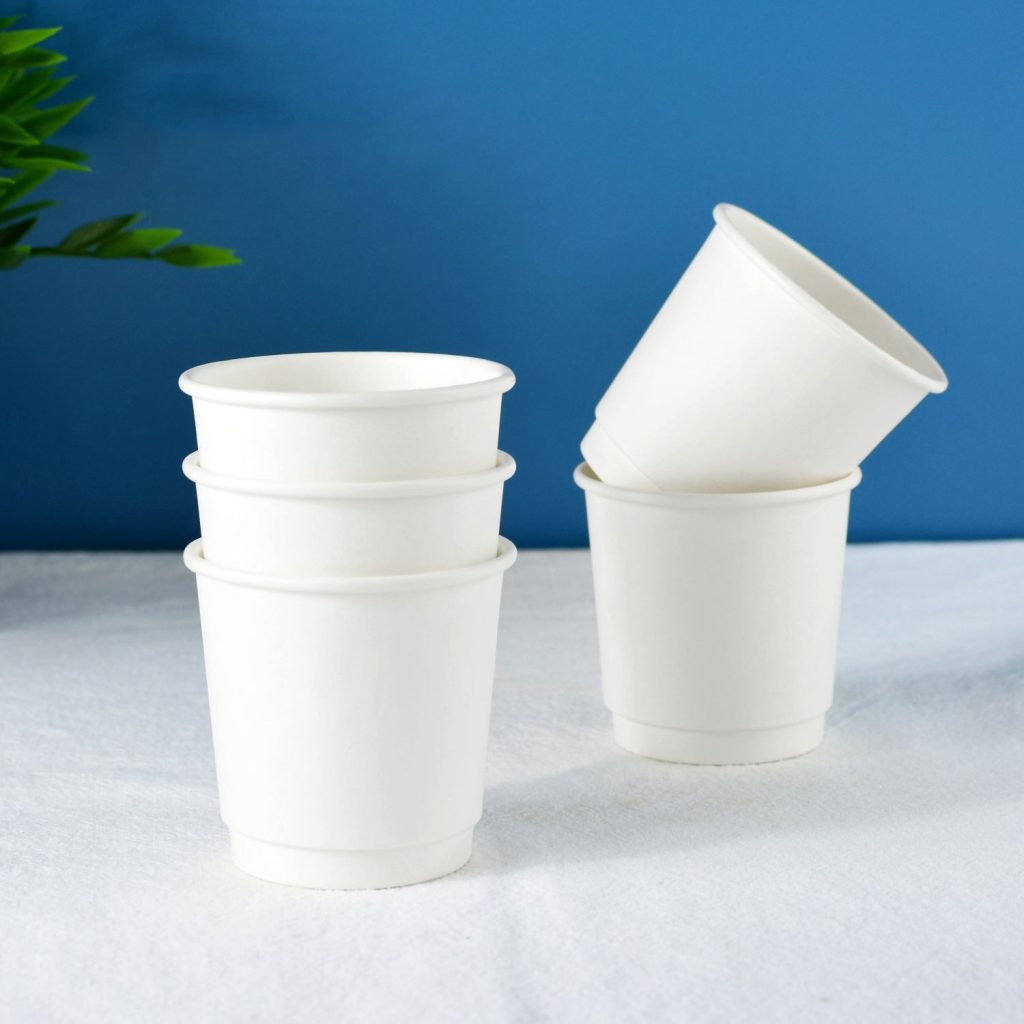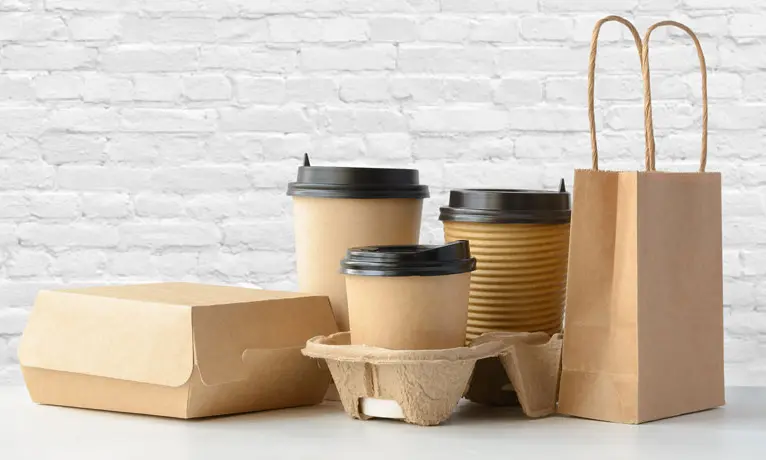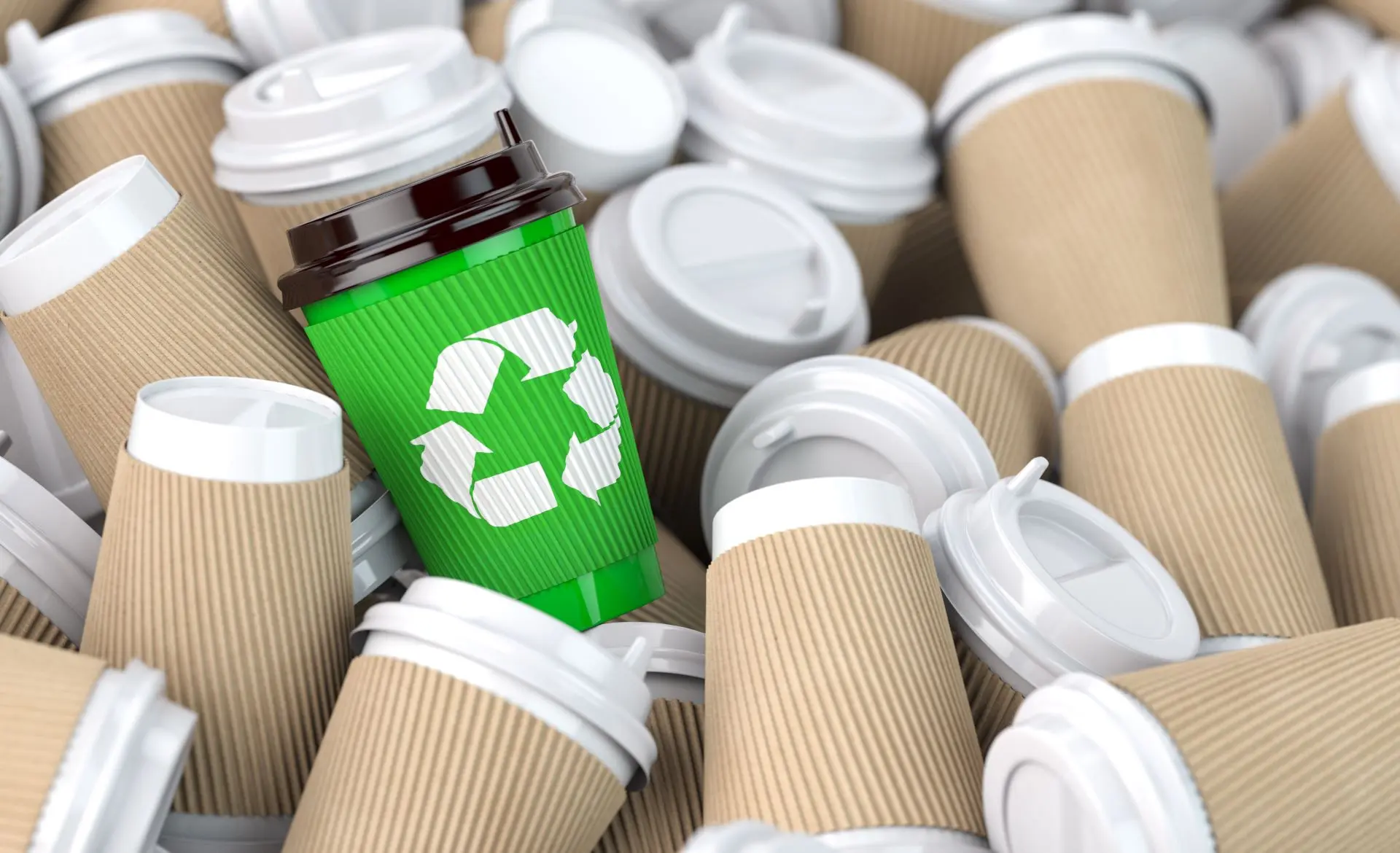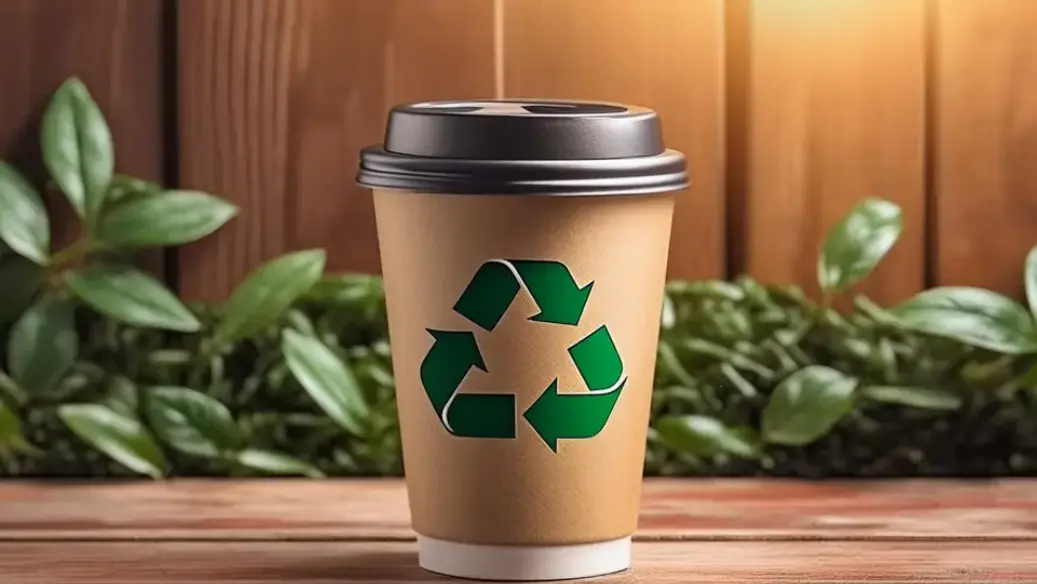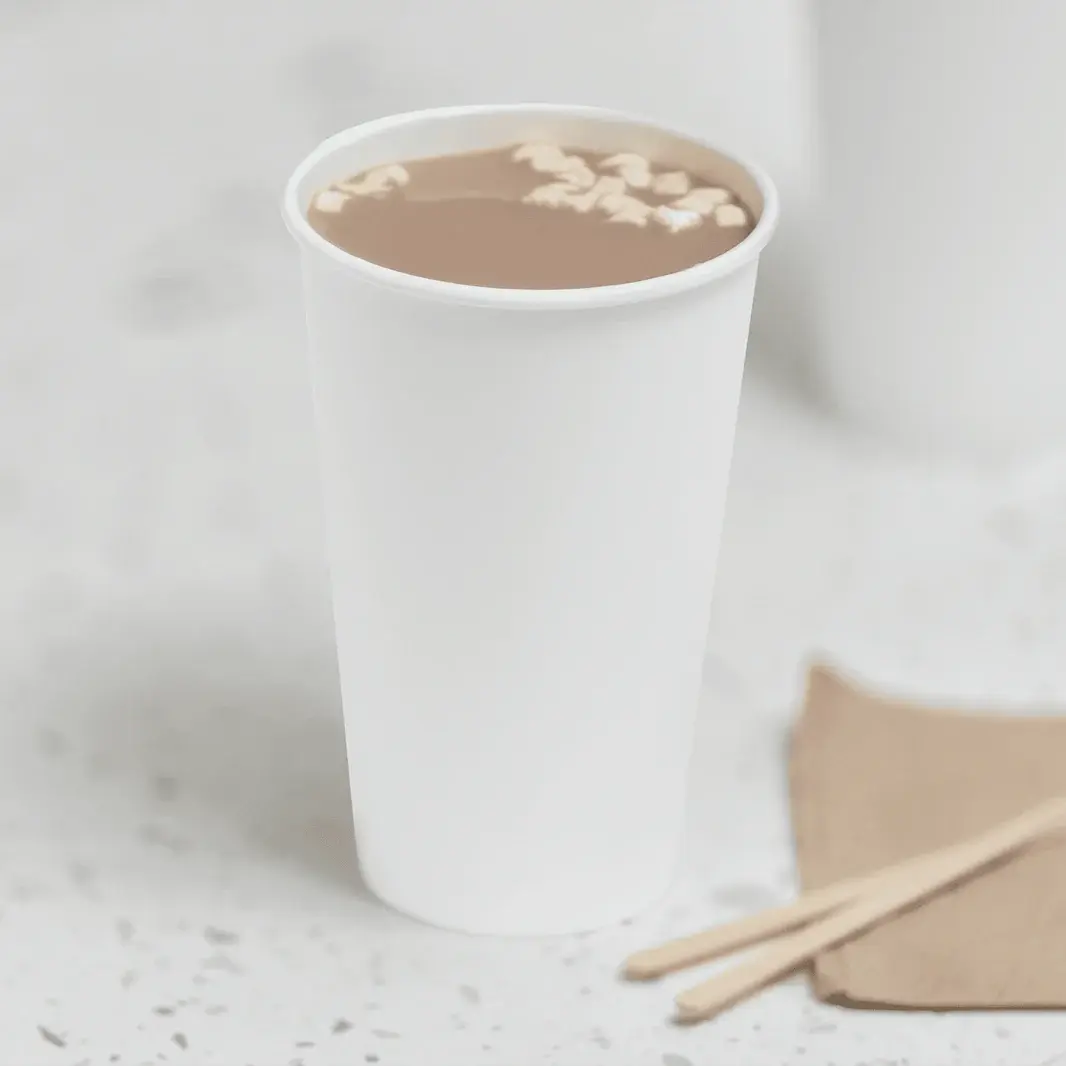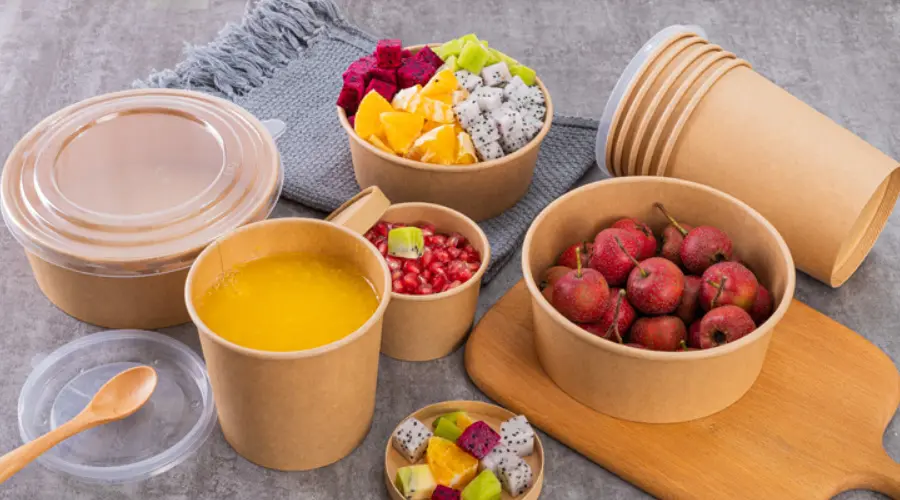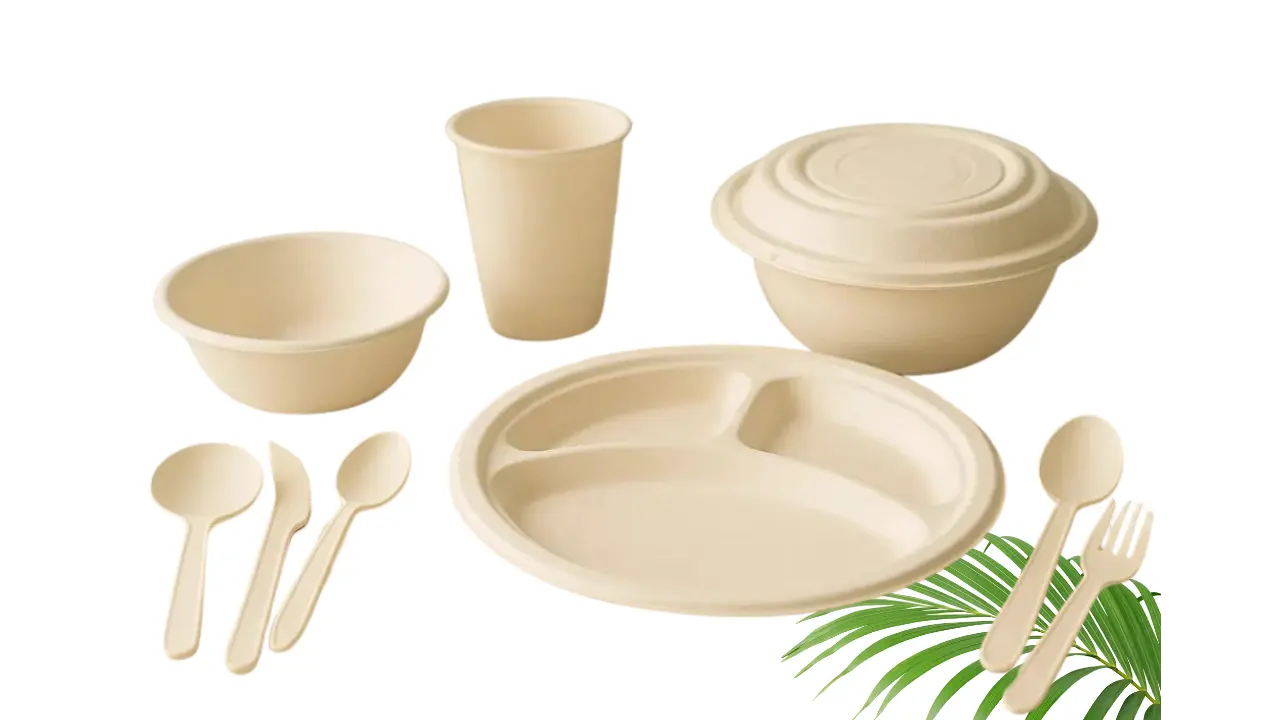GCU Paper Solutions for Frozen Food Protection 2025
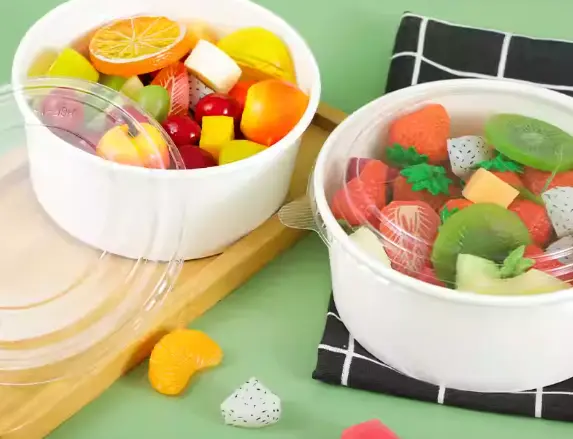
GCU paper product shields frozen food from moisture and oxygen, preserving quality during transport. Key protective features include:
- Withstanding temperature changes
- Lightweight yet insulating structure
- High barrier against oxygen, moisture, and light
- Meeting sustainability demands
Value paper solutions address both durability and environmental expectations in today’s market.
Key Takeaways
- GCU paper protects frozen food by blocking moisture and oxygen, which helps maintain quality and extend shelf life.
- This packaging solution is durable at low temperatures, preventing cracks and damage during transport and storage.
- GCU paper meets strict food safety standards, ensuring it is safe for direct contact with food and supports sustainability goals.
GCU Paper Product Overview
Definition and Composition
GCU paper product combines advanced materials to meet the demands of frozen Food Packaging. Manufacturers use several coatings and substrates to enhance performance. The main components include:
- Polyethylene (PE): This thin film creates a waterproof barrier, making the paper product suitable for both hot and cold applications.
- PLA (Polylactic Acid): Derived from renewable resources, this biodegradable coating supports sustainability goals. It requires specific composting conditions for proper breakdown.
- Water-based barrier coatings: These plastic-free coatings use food-grade methacrylate emulsions to resist water and grease.
- Clay cupstock: Kaolin clay provides a smooth surface, improving print quality and ink adhesion.
Each layer contributes to the overall strength and functionality of the paper product.
Properties for Frozen Food Packaging
GCU paper product offers several properties that protect frozen foods. The waterproof barrier prevents moisture from entering or escaping, which helps maintain food texture and flavor. The structure remains stable at low temperatures, so packaging does not crack or lose integrity in freezers. Water-based and Pla Coatings add grease resistance, which is important for foods with higher fat content. Clay-coated surfaces allow for clear branding and product information, supporting both marketing and regulatory needs.
Note: GCU paper product balances performance, safety, and sustainability, making it a reliable choice for frozen food protection.
Benefits of GCU Paper Product for Frozen Food
Moisture Resistance
Frozen food packaging faces constant exposure to ice and condensation. GCU paper product uses advanced barrier coatings that block water vapor and liquid moisture. This feature keeps food dry and prevents freezer burn. Manufacturers rely on this moisture resistance to maintain the texture and flavor of frozen products.
Tip: Moisture resistance helps extend shelf life and reduces food waste.
Durability at Low Temperatures
Packaging for frozen foods must withstand extreme cold without cracking or losing strength. GCU paper product remains flexible and strong at temperatures below freezing. The structure resists brittleness, so packaging does not break during transport or storage. Retailers and distributors benefit from fewer damaged goods and improved product presentation.
- Key durability features:
- Maintains integrity at -20°C and below
- Resists tearing and punctures
- Supports heavy stacking in freezers
Food Safety and Compliance
Food safety is a top priority for frozen food packaging. GCU coated paper product meets strict international standards for food contact. The table below shows the main safety standards and regulations:
| Safety Standards | Description |
|---|---|
| FDA Compliance | Food grade paper must comply with regulations set by the Food and Drug Administration (FDA) in the United States. |
| EFSA Compliance | It must also meet the standards established by the European Food Safety Authority (EFSA) in Europe. |
| Toxic Chemical Restrictions | The paper is produced without toxic chemicals or dyes to ensure safety in food contact. |
Manufacturers choose this paper product to ensure that packaging does not contaminate food. Compliance with FDA and EFSA guidelines protects consumers and supports global distribution.
Sustainability Advantages
Sustainability drives innovation in packaging. GCU coated paper product uses renewable materials and eco-friendly coatings. Many options feature biodegradable or compostable layers, reducing landfill waste.
- Sustainability highlights:
- Made from responsibly sourced fibers
- Uses water-based or PLA coatings
- Supports recycling and composting programs
Retailers and brands improve their environmental footprint by switching to this paper product. Consumers also prefer packaging that aligns with green values.
Innovations in GCU Paper Product for 2025
Eco-Friendly Coatings
Manufacturers continue to develop coatings that reduce environmental impact. In 2025, many companies use water-based and plant-derived coatings. These coatings break down more easily in composting facilities. They also avoid harmful chemicals, which helps protect both consumers and the environment. Some producers now use coatings made from agricultural waste, such as corn or sugarcane fibers. This approach supports a circular economy and reduces reliance on fossil fuels.
Note: Eco-friendly coatings help brands meet strict sustainability goals and appeal to environmentally conscious shoppers.
Enhanced Barrier Properties
GCU paper product now features advanced barrier technology. New coatings block moisture, oxygen, and grease more effectively than older solutions. These improvements keep frozen food fresh for longer periods. Some coatings use nanotechnology to create invisible layers that strengthen the barrier without adding weight. This innovation allows for thinner, lighter packaging that still protects food during transport and storage.
- Key benefits:
- Longer shelf life for frozen foods
- Improved resistance to freezer burn
- Reduced packaging waste
Smart Packaging Features
Smart packaging technology has become more common in 2025. Some GCU paper products now include temperature-sensitive inks or QR codes. These features help track product freshness and improve supply chain transparency. Retailers and consumers can scan codes to check storage conditions or receive alerts if the food has thawed. This technology reduces food waste and increases consumer confidence.
GCU Paper Product vs. Other Packaging Solutions
Performance Comparison
GCU paper product stands out in frozen food packaging due to its reliable barrier properties. Plastic trays and aluminum foil often provide strong moisture resistance, but they can crack or deform at low temperatures. GCU paper product maintains flexibility and strength even in deep freezers. Cardboard boxes without coatings absorb moisture and lose shape quickly. In contrast, GCU paper product keeps food safe from freezer burn and contamination.
| Packaging Type | Moisture Barrier | Low Temp Durability | Printability |
|---|---|---|---|
| GCU Paper | Excellent | Excellent | High |
| Plastic Tray | Good | Moderate | Low |
| Aluminum Foil | Excellent | Good | Low |
| Uncoated Cardboard | Poor | Poor | High |
Cost Considerations
Manufacturers often compare costs when choosing packaging. GCU paper product usually costs less than aluminum foil and specialty plastics. Production uses less energy and fewer raw materials. Shipping costs also decrease because the paper product weighs less. Companies can save money on both materials and logistics.
Tip: Lower packaging weight can reduce overall transportation expenses for frozen food brands.
Environmental Impact
Sustainability remains a top concern in 2025. GCU paper product uses renewable fibers and compostable coatings. Plastic trays and foils create more landfill waste and require more energy to recycle. Many retailers prefer GCU paper product because it supports recycling programs and reduces environmental harm. Consumers also trust brands that use eco-friendly packaging.
Practical Applications of GCU Paper Product
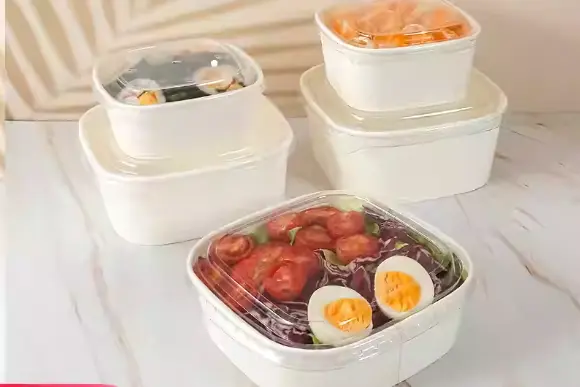
Real-World Examples
Food manufacturers across the globe have adopted GCU paper product for frozen food packaging. A leading seafood exporter in Norway uses this solution to package frozen salmon fillets. The packaging keeps the fish fresh during long shipments and prevents freezer burn. In the United States, a popular frozen vegetable brand switched to GCU paper product for its mixed vegetable packs. The new packaging maintains product quality and supports the brand’s sustainability goals. Retailers in Asia have also started using this material for frozen dumplings and ready-to-eat meals. These examples show how companies in different regions and markets benefit from the advanced barrier and eco-friendly features.
Case Studies and Testimonials
A major European supermarket chain conducted a six-month trial with GCU paper product for its private label frozen pizzas. The results showed a 30% reduction in packaging-related complaints. Customers reported that the pizzas stayed crisp and flavorful after storage.
“We noticed fewer damaged packages and better product presentation in our freezers,” said the chain’s packaging manager.
Another case involved a Canadian frozen dessert company. After switching to GCU paper product, the company saw improved shelf life and received positive feedback from consumers about the packaging’s recyclability.
“Our customers appreciate the move toward sustainable packaging,” shared the company’s CEO.
Selecting the Right GCU Paper Product
Regulatory Compliance
Food packaging must meet strict safety standards. GCU paper products comply with FDA and EFSA regulations. These certifications guarantee that the materials do not transfer harmful substances to food. Companies should request compliance documentation from suppliers. Regular audits and quality checks help maintain high safety standards.
| Standard | Region | Focus |
|---|---|---|
| FDA | United States | Food contact safety |
| EFSA | Europe | Chemical migration |
Matching Paper to Product Needs
Each frozen food requires a tailored packaging solution. Seafood needs high moisture barriers. Frozen desserts benefit from coatings that prevent sticking. Vegetables require breathable yet protective layers. Packaging engineers analyze product characteristics and storage conditions. They select the paper product that best preserves freshness and appearance.
Note: Customization leads to better product quality and higher customer satisfaction.
GCU paper product delivers strong moisture resistance, durability, and sustainability. Companies choose this solution for frozen food protection in 2025 because it meets safety standards and supports eco-friendly goals.
Decision-makers should evaluate product needs and select GCU paper for reliable, compliant, and sustainable packaging.
FAQ
What makes GCU paper suitable for frozen food packaging?
GCU paper resists moisture and remains strong at low temperatures. It protects food from freezer burn and maintains product quality during storage.
Can consumers recycle GCU paper packaging?
Most GCU paper products support recycling. Local recycling guidelines may vary. Always check packaging labels for specific disposal instructions.
Does GCU paper meet international food safety standards?
GCU paper complies with FDA and EFSA regulations. Manufacturers ensure the materials remain safe for direct food contact.
Tip: Always verify certifications with your supplier for added assurance.

